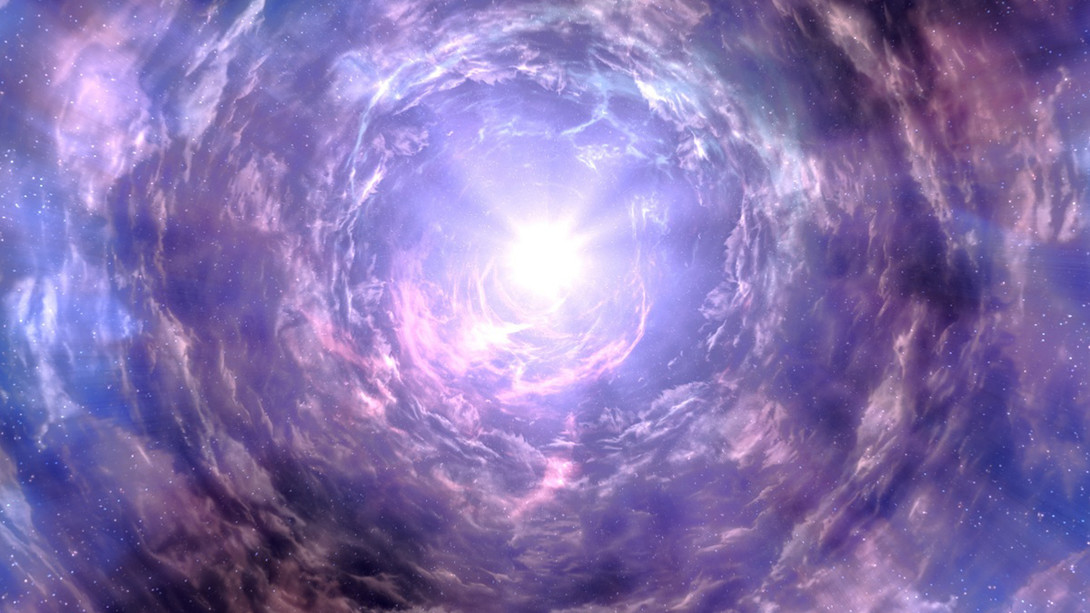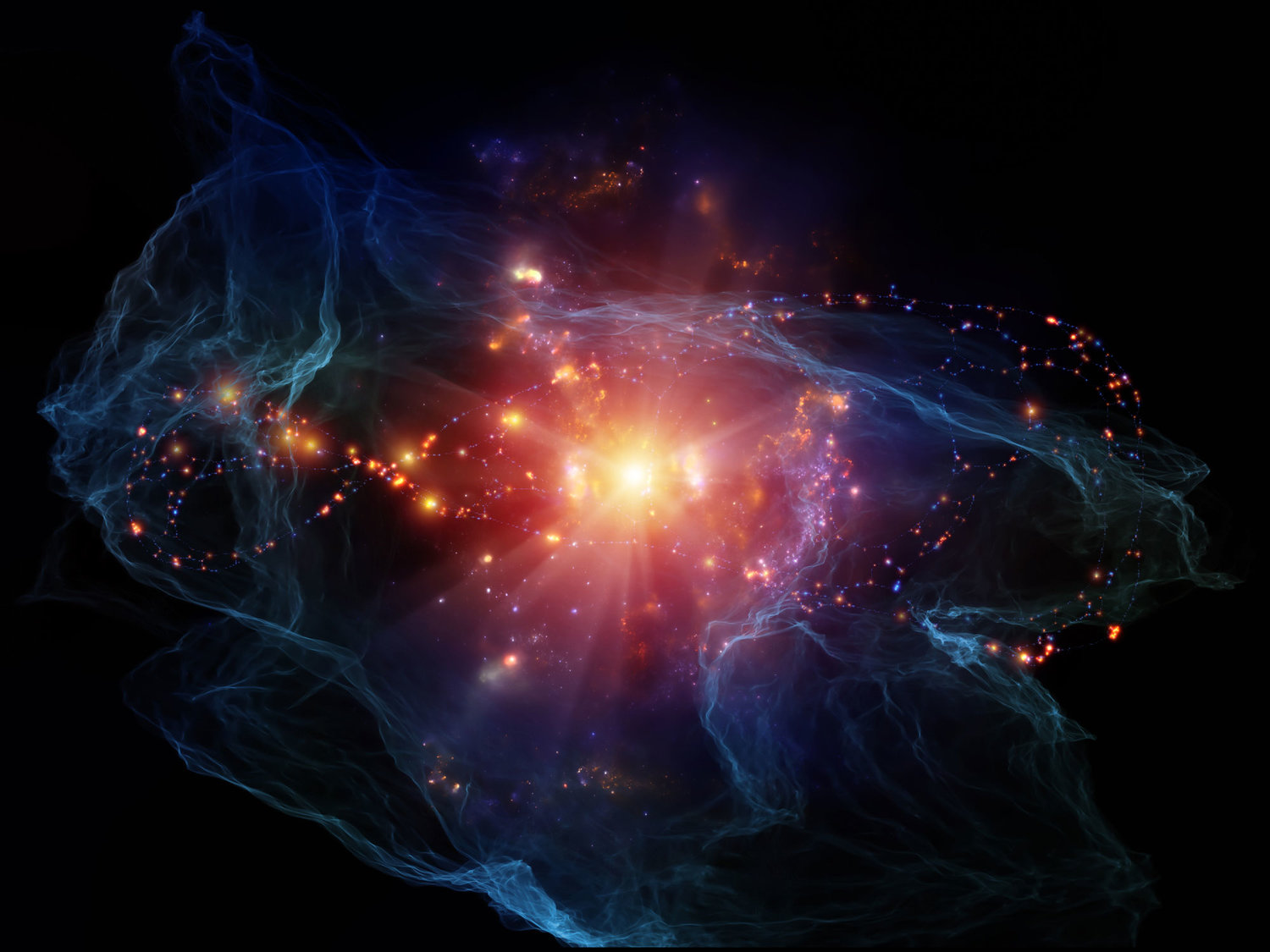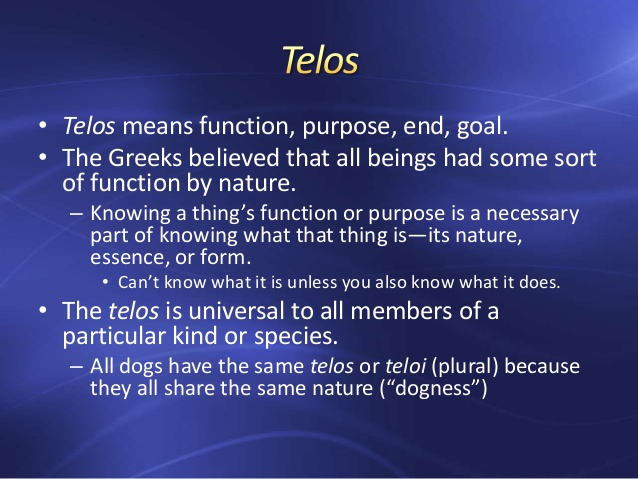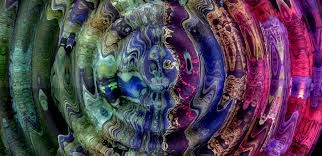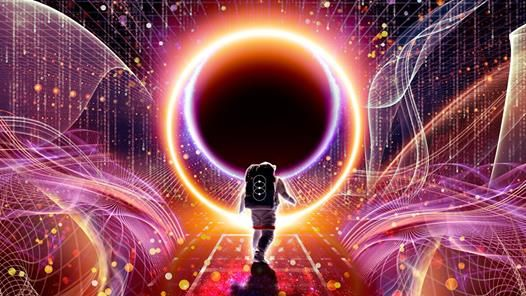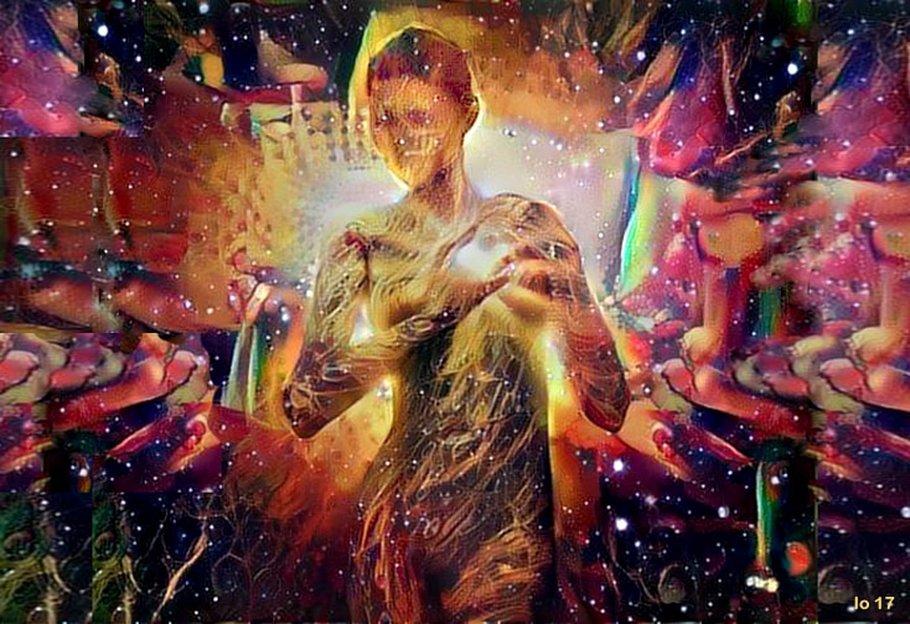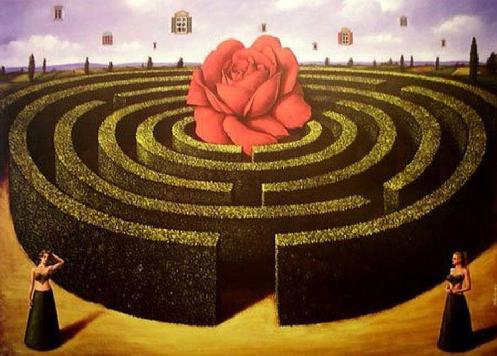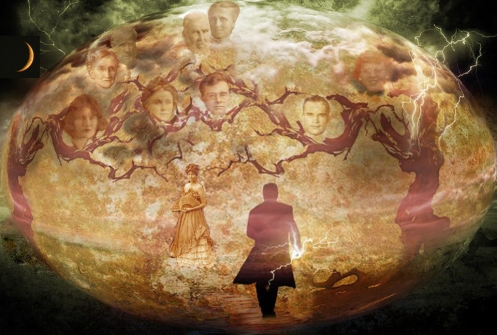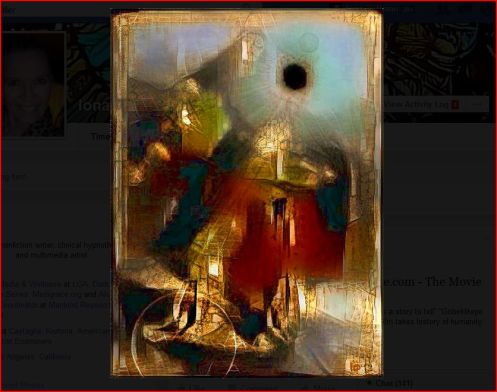It is a necessary journey of self-exploration into our own unconscious and unrealized potential, soul’s journey from the material world towards its source. We can intentionally build a soulful relationship between our conscious and unconscious being. In Jung’s view, ego represents the conscious mind comprised of thoughts, memories, and emotions we are aware of. The ego is largely responsible for feelings of identity and continuity. But it has blind-spots, denial, and projections.
Jiddu Krishnamurti said, “The more you know yourself, the more clarity there is. Self-knowledge has no end – you don’t come to an achievement, you don’t come to a conclusion. It is an endless river.” “There is no end to self-knowledge. Self-knowledge is only from moment to moment, and therefore there is a creative happiness from moment to moment.” New Delhi India 1st Public Talk (14 November 1948)
James Hillman states our foundational condition in strong terms: “Each of us exists not as a material object but as an image. We are complex images given by the vocation of our soul that preceded our birth and all the dreams, missions and voices of our ancestors. …We are images, not imaginations, but powerful images that are echoes of original or primordial images that belong to the time of origin and have produced in a legendary place: Olympus, mount Meru, Mount Popa, the home of the gods. ….We could say that our lives are the memory, the echo of those primordial images. Such images of origin can be defined as eidola, i.e. idols. We can only do in time what the gods do In eternity.” (The Vain Escape from the Gods)
In knowing ourselves we also encounter the sacred dimension and come to know God, however such numinous experiences appear, Jung noted we never directly can know God, only the god-image in the psyche. The experience of the sacred or the holy is “numinous”, mysterious, tremendous, or fascinating, with a powerful emotional quality. Mystical union is a felt-sense of the sacred, divine, or presence of God.
Typical phenomena include unity of opposites (a sense of Oneness, wholeness or completeness); timelessness (a sense that mystical experiences transcend time), and a feeling that we have somehow encountered “the true self” (felt-presence, a sense that mystical experiences reveal the nature of our true, cosmic self: one that is beyond life and death).
It can also initiate a transformative descent into darkness, a Dark Night of the Soul, with despair and alienation.The searching self trembles. Our suppressed darkness is exposed as we struggle to bring light to the darkness. This destruction precedes rebirth and awakening to the truth of the self. Joseph Campbell says,”The dark night of the soul comes just before revelation. When everything is lost, and all seems darkness, then comes the new life and all that is needed.”
The Dark Night produces spiritual and existential crisis. We feel engulfed in darkness. The spiritual process creates varieties of dark nights, since each one is unique. Crises can follow life-changing events, a natural disaster, berievement, a medical diagnosis, confrontation with mortality, mental or physical pain which can be opportunities for discovering depths of wisdom and awareness.
An unexpected collapse of identity and understanding of life creates depression that changes our worldview. It includes transformation involving deep, profound insights into our spiritual evolution and facing our shadow. General categories include fear, dryness, loss of meaning, desolation without consolation, and trauma of the spirit.
Our conditioned self breaks open. Such transformation is a natural evolutionary process that anyone can access. Trauma comes to the surface to be seen, felt, loved, examined, held in presence, aligned with reality, and healed. We may find that true surrender is not death but actually true life.
Everything depends on how we emerge from the trauma and deal with the struggles that emerge. It links the inner and outer worlds together, Resonances between the inner and outer world suggest guidance, insight, and encouragement. Thomas Merton, Trappist monk, claims “Our vocation is not simply to be, but to work together with God in the creation of our own life, our own identity, our own destiny.”
The transcendent archetype guides the psycho-spiritual process. The deep intuitive mind has the power to connect us to spiritual reality and inner truth. It takes a leap of faith to turn away from conventional expectations towards our inner world of wisdom with acceptance and curiosity.
Mysterium Tremendum
Anyone can be an ordinary mystic. Each of us can find ways to express our inner journey. We may not experience a regular loss of ego and absorption in the divine. Yet, now and then we may feel lifted out of our bodies and become lost in a beautiful piece of art or scene in nature, or bliss at the wonders of life.
Being infused with a sense of the sacred is enjoyed for its own sake. Sacred sites and pilgrimages may inspire expansive feelings or humility in the living presence of the divine. A rush of personal or collective feelings and deep memories may engulf or flood us with emotion. Paradoxically, the soul, remains passive in divine infusion.
A common example is the nature mystic experience, an ecstatic nonordinary experience where transcendent nature, awesome vistas, or stupendous events inspire us with a sense of the external sacred that resonates and enters the body. This is the “perceptual” nature of experiences of God. The natural world bring blissful feelings, an altered experience of time, a sense of unity, and luminous phenomena. The divine universal presence becomes accessible to the soul, and the nature mystic’s experiential being becomes infused by the experience.
We may feel enveloped in glory, often with a felt-sense of unity. Inner spaciousness comes with contemplative engagement with the natural world. We can engage and open a conversation with the elements — earth, the wind, the fire, and the water, We renew our connection with the vital energy that makes our physical lives possible while it cleanses and heals.
These are deeply subjective experiences of the objective or autonomous psyche, which has a compelling life of its own. The Self not only shows up in dreams, but is the maker of dreams. More than just an understanding of our own capabilities, character, feelings, motivations, or self-concept, self=knowledge is an intentional relationship with soul, with psyche as The Beloved, the heart’s knowledge or gnosis. Only a world with soul offers intimacy and resonance. For some it becomes a passion. This is the myth of Eros and Psyche.
Felt-sense is a symbolic bridge to our common co-belonging to the world. We turn toward nature and our own nature to find the authentic self, focusing on dreams, images, and perceptions. “Self-authenticating” experiences, from expressive arts to penetration by the sacred don’t need collective dogma or tradition. These experiences break through our conditioning in both positive and dark ways that cause suffering.
The Quest for the Holy Grail of self-knowledge and self-exploration is a self-initiatory Way, a solitary endeavor that prioritizes psyche or soul. The sacred cannot be defined but only experienced. It is a way beyond the denial of false self-narratives and conditioned self-images, such as roles, persona, and shadow. We come to know and love our images, not as material and concrete, but as imaginal, metaphorical, spiritual. Anima Mundi is our soul relationship with self, others, and cosmos.
“It has to be found by yourself, because it is your life; and without the widening and deepening of that knowledge of the self, do what you will, alter any outward or inward circumstances, influences – it will ever be a breeding ground of despair, pain, sorrow. To go beyond the self-enclosing activities of the mind, you must understand them; and to understand them is to be aware of action in relationship, relationship to things, to people, and to ideas. In that relationship, which is the mirror, we begin to see ourselves, without any justification or condemnation; and from that wider and deeper knowledge of the ways of our own mind, it is possible to proceed further; then it is possible for the mind to be quiet, to receive that which is real.” J. Krishnamurti Ojai 4th Public Talk 24th July 1949
The seemingly simple precept is at once familiar, mystifying, and profound. Yet, self-knowledge is the foundation of any beneficial practice. We cannot dismiss its claim on us, for it is simply our own inevitable individuation, that distinguishes us from the collective through our unique experiences and understanding. Many worldviews compete for our attention.
Self-knowledge helps us find light and refuge in our suffering. There is a terrible necessity for reciprocity between us and the Gods, between us and our fate. We face the fragility, unpredictability and imponderabilities of our lives within the plots of our personal mythologies and necessary constraints of the environment. Self-awareness means the ability to monitor our inner world – our thoughts and feelings. Mindfulness is one method for enhancing this essential capacity.
Oedipus
The Delphic imperative was finally followed as a prescription by Oedipus, the unconscious, unreflective archetypal person. He did not know himself at all, but was convinced he did know until he entered his tragic revelatory period.
He did not know his origins, his character, or his visionary calling that eventually allowed him to reconcile with his transgenerational legacy and archetypal situation. The gods are not merely instincts, nor concepts, nor archetypes, but living forces with which we are inter-related through the soul of the world, Anima Mundi.
He could not distinguish his character from his personality. His blindness became a metaphor for our own lack of insight and self-understanding. We do not have to follow his path to the bitter end, but can make self-exploration and self-knowledge a daily part of our soul-tending practice.
Oedipus is reborn through unveiling a formerly unsuspected meaning, dealing with the limitations of rational thought and heightened awareness of unconscious dimensions of the psyche. He is a symbol of both the personal and collective unconscious — first in blind denial, then in visionary insight, from ignorance to self-knowledge. Revelation continues all the time if we know how to look.
In The Power of Myth, Joseph Campbell states, “People say that what we’re all seeking is a meaning for life. I don’t think that’s what we’re really seeking. I think that what we’re seeking is an experience of being alive, so that our life experiences on the purely physical plane will have resonances with our own innermost being and reality, so that we actually feel the rapture of being alive.”
Such a profound reality is symbolic and generally invisible. It relates to the absence or presence of a true self. Such language allows us to apprehend certain truths related to the life of the soul, to interpret situations whose meaning goes beyond the ability of reason alone. Transgenerational analysis shares this language with mythology in order to apprehend how certain necessities in life function and what role they perform in the orientation of our destiny. Thereby hangs our fate. (Gaillard, Oedipus Reborn)
Knowing ourselves can be as simple as identifying our set of beliefs or accepting that we are ignorant of that which remains unconscious. We can never know completely know Absolute reality, universal absolutes, only our relative, subjective experiences, which appear in images as the content of psyche or soul. This is how we know what we know.W e can never know all of the objective psyche, the absolute, only our relative self-awareness.
We like to make cavalier interpretations based on what we think we know, but that just stops the process cold with one a-ha solution. If we remain open to multidimensional meanings the images continue unfolding.
In Facing the Gods, James Hillman points out the common identity of Necessity and Chaos with anxiety: The psychological viewpoint sees Necessity and Chaos not only as explanatory principles only in the realm of metaphysics; they are also mythic events taking place also and always in the soul, and they are the fundamental archai of the human condition. To these two principles the pathe (or motions) of the soul can be linked. Psychology has already recognized the faceless, nameless Chaos, this “sacred and crazy movement” in the soul, as anxiety, and by naming it such, psychology has directly evoked the Goddess Ananke, from whom the word anxiety derives. If anxiety truly belongs to Ananke, of course, it cannot be “mastered by the rational will.”
The image is a substance with a life of its own. We see it in our psychophysical responses, in our psychosomatic phenomena, and in our inherent genius, which is the spirit within us. In expressive arts we give form to the images arising in our mind’s eye, our dreams, and our everyday lives.
It is a form of spiritual practice through which knowledge of ourselves can ripen into wisdom. Arguably, all scenes in art are internal in the millennia-old search for self-knowledge. Art changes the totality of our human experience. It is a powerful natural therapy. Creativity draws out our self-awareness.
________________________________________________________________
“There’s a long story in every sentence, every word we say has a huge story, every metaphor is full of historical symbolism. Our words carry all of that story that once was so alive and still exists in every human being .” C.G.Jung, dream analysis. Seminar held in 1928-30
Marie-Louis von Franz said, “Jung’s idea was that the goal of evolution on this planet seems to be to create more consciousness.” When we prioritize psyche and psyche’s perspective, we also bring in the balance of The Feminine and honor our own complexity. Reverie is the return of the unconscious, the imagination, The Feminine. Jung said, “the descent into the depths brings health. It’s the way to the whole being, to the treasure that humanity so constantly researches.” Analytical psychology. Lectures at the Tavistock Clinic, PP. 16-17
“Self-knowledge is the beginning of wisdom. Self-knowledge is cultivated through the individual’s search of himself. I am not putting the individual in opposition to the mass. They are not antithetical. You, the individual, are the mass, the result of the mass. In us, as you will discover if you go into it deeply, are both the many and the particular. It is as a stream that is constantly flowing, leaving little eddies and these eddies we call individuality but they are the result of this constant flow of water.” Collected Works, Volume 3, Ojai 1st Public Talk 14th May, 1944
Through self-knowledge you begin to find out what is God, what is truth, what is that state which is timeless. In self-knowledge is the whole universe; it embraces all the struggles of humanity. JK
Kahlil Gibran said, “Knowledge of the self is the mother of all knowledge. So it is incumbent on me to know my self, to know it completely, to know its minutiae, its characteristics, its subtleties, and its very atoms.”
Hermann Hesse notes, “I call that man awake who, with conscious knowledge and understanding, can perceive the deep unreasoning powers in his soul, his whole innermost strength, desire and weakness, and knows how to reckon with himself.” Narcissus and Goldmund
“Without self knowledge, without understanding the working and functions of his machine, man cannot be free, he cannot govern himself and he will always remain a slave.” ―G.I. Gurdjieff
______________________________________________________
We can approach our own experience through “unspoken words,” enabling us to look into the inner world—the psyche, or soul—and to explore it. It concerns coming to wholeness more than achievement or self-development. It is concerned with love and felt-sense related to the whole fabric of existence.
We can look at what is happening on the margins of things; explore beneath the surface, and pay attention to silence that occurs for whatever reason. All these activities allow new understanding and opportunities to emerge, sometimes through dreams, passages, and archetypal experience. Learning to tolerate uncertainty leads to more openness to build a reflective capacity into our engagement with the world.
‘This magnificent refuge is inside you. Enter! Shatter the darkness that shrouds the doorway. Be bold. Be humble. Put away the incense and forget the incantations they taught you. Ask no permission from the authorities. Close your eyes and follow your breath to the still place that leads to the invisible path that leads you home.’ -St.Theresa of Avila.
‘I am often asked if my psychic experiences ‘disturb’ my everyday life. On the contrary, they enrich it. One simultaneously lives a separate existence, aware of a tenuous level of experience as one rubs shoulders with one’s fellows, while underneath there is a pattern that plays unconsciously and perpetually, a web many-colored and delicate, and filled with awareness….I am aware of an intermediary field which contains us one and all, to hold our ‘signature’ so that we, as emotional beings, continue to add our stamp of personality to this unsuspected world within space. Perhaps one day this area within space and time will reveal itself to the scientific mind.’ – Eileen Garrett.
But we don’t need to be mystics or mediums to perceive the psyche’s content.
Our path is specific to our being. In this way we come to know that we are not gods, move beyond our narcissistic hubris, and develop a reciprocal relationship with the sacred, that allows us more openness, more tolerance for chaos and uncertainty. It allows us to experience the Mysterium Tremendum with greater surrender to our inherent necessities and fate. We may not know where we are going but we can learn to trust the instinctive process to get us just where we need to be to come face-to-face with ourselves — strengths and foibles.
Ancient and modern saints, philosophers, and mystics have repeated the injunction for self-knowledge as the most important and most difficult thing we can do. Goleman suggests in Emotional Intelligence, that “The purpose of developing Emotional Self-Awareness is that it allows us to understand how our bodily sensations and our emotions impact ourselves, others, and our environment.”
“…you find your genius by looking in the mirror of your life. Your visible image shows your inner truth, so when you’re estimating others, what you see is what you get. It therefore becomes critically important to see generously, or you will get only what you see; to see sharply, so that you discern the mix of traits rather than a generalized lump; and to see deeply into dark shadows, or else you will be deceived.”
― James Hillman, The Soul’s Code: In Search of Character and Calling
Though the Pythia is known for the saying, it likely is far more ancient, appearing in Pythagorean and Egyptian forms, To de Lubicz, Luxor was a kind of living organism, a colossal compendium of esoteric truth, whose every detail, from its total design down to its very materials, voiced one central revelation: that Conscious Man was the goal of cosmic evolution.
The Mysteries of the unconscious underlie and inform our self-awareness. The outer is the inner, and the inner is the outer. Lived reality is only experienced reality and is always transformed before it is experienced. The eternal drama of suffering and life on earth culminates in the opening of the heart, in compassion, and understanding for self, others, and cosmos. Self-knowledge comes out of tragedy and tribulation.
We all have our own path to collecting wisdom, especially on the path of the lone practitioner. There is no right and wrong way, but we are shaped by the path we choose. An approach to the path is a significant and very personal decision. Finding our path is not about judgment but about being true to oneself, not who you want to be. We each walk our path on our own. But we may be surprised to find we learn as much about the nature of divinity, the imaginal, or the sacred dimension as ourselves, as well as the underlying patterns of human existence and the soul of our collective humanity.
In The Power of Myth, Joseph Campbell says, ““People say that what we’re all seeking is a meaning for life. I don’t think that’s what we’re really seeking. I think that what we’re seeking is an experience of being alive, so that our life experiences on the purely physical plane will have resonances with our own innermost being and reality, so that we actually feel the rapture of being alive.”
Trying to turn oneself into a ‘spiritual persona’ is simply swapping a false ego perspective for a social mask, a rookie mistake of outward display of inner emptiness. A pleasure of such work is that it is never complete. We can always return to it for enrichment and refuge, despite whatever conditions we find ourselves in. We become more and more fluid in our choices within the field of possibilities. We learn to practice presence, sit in silence, and face our fears and pain.
Process is a way of doing, not what is being done. A process-oriented path emphasizes awareness of internal experience over external striving while emphasizing a connection with the sacred. This natural means of self-initiation demands self-honesty, self-responsibility and an overarching desire to live life as a spiritual path. Our search for the Beloved soul is the fire that fuels our journey. A world with soul, Anima Mundi, becomes intimate as we participate whole-heartedly with it reflecting our co-belonging, whether we see the world as artifact or drama.
By altering our own consciousness, we alter our relation to the universe, and this changes our world. We can discover our deeper nature as a multidimensional synthesis of subjective/objective, qualitative/quantitative, mind/matter, wave/particle. This worldview unites spirit and matter. Uniting physics with psychological and spiritual knowledge yields wisdom and gnosis.
Metaphors are instructive, symbolic bridges. They are a Way of leaping the chasm between old and new knowledge, old and new ways of essential being. Moving beyond conditioned self-images and roles, we can tap the source of creativity, healing and holistic restructuring through imagination and metaphor. They can be deeply transformative — more than mere language. They are a technology for changing our behaviors, feelings, thoughts, and beliefs — our spirit and soul. Instead of interpretations, we focus on (spoken, mirrored, visual, and multisensory) images, felt-sense, and perceptions.
We are assaulted by diverse and contentious worldviews. Jung’s notions of a heroic, striving Self have been transcended with imaginal, nonlinear, nonlocal models of consciousness, archetypes as strange attractors and metanarratives as healing fictions. New theories in astrophysics, quantum physics and depth psychology supersede the old, recontextualizing life in the 21st century, The relative and the Absolute are entangled.
Absolute space is the womb of creation and the physics of virtual photon fluctuation (undifferentiated potential) reflects not only Nature, but our nature. Spiritual traditions have spoken about emanation within the Divine and Illumination since the dawn of human history. But only now are we learning just how literal that experience of Light is, and the interactive mechanisms it engages in our holistic psychophysical Being. http://www.sci-techuniverse.com/…/why-does-universe-exist-p…
The Seekers
The philosophical antidote to soul-loss, to crushing existential dread remains a viable conscious or unconscious response to more and more grotesque horrors emerging from the slack maw of our present reality. Our challenge is a constant stream of existential threats orchestrated by the powers that be, endless accounts of grotesque horrors, trauma, abuse and harassment, and the mind-bending futureshock of an apocalyptic technological whirlwind.
Culture is going through a collective breakdown in terms of values. When our culture is wounded, the soul of the world is wounded. Our struggle is to connect with the soul of the world. The arts are essential to the health of a culture. Nothing happens when we are estranged from art, the theater, music and dance that no longer work within the context of soul in the culture. Then a culture becomes decadent, and starts to rot from the inside. The only way of finding out what our values are is to turn within and go inside to differentiate ourselves from one-sided collectivisms.
Ours is the myth of self-search. Mythological and archetypal perspectives take us into deeper dimensions. Myths are worldviews with multiple meanings —ways of seeing the world. Mythology is a way of seeing how we see or understand what we see. Understanding myth is a means of seeing through the stories that both shape and distort our experience of ourselves and others.
Mythology has both creative and deconstructive power. Mythology is a deeper ocean of being, providing a mythic perspective on our current situation. Finding meaning leads into mythology. Mythic thinking helps us frame “what is comprehensible.” Mythology describes four dimensions of our existence:
- The transcendent mystery of life that cannot be expressed adequately in language.
- An cosmological image of the universe that is our environmental habitat.
- The psychosocial context or matrix that scripts and encodes our roles and relationships.
- The inner story that gives our personal lives purpose, coherence, and meaning.
The veil has lifted on the thin veneer of civilization in “collapse renewal”. We can be overwhelmed with waves of cultural chaos, violence, and animosity. We need to stay connected to depth of soul and our dreams for a better world. Long ago Homer said, “So they decreed the gods. That, in getting lost, everyone can find themselves.”
Tension, catastrophe, and overwhelming disturbance can occur without warning– disturbing waves of chaos, violence, and and animosity. We need to connect to the depth of the soul, the values of our instincts. our own value, and to reconnect with the deep self and the dream of our lives. W each make a unique contribution, perhaps not by saving the world, but becoming more of who we are. Beauty, wisdom, and grace may be the only antidotes for despair.
Even despair finally tranforms at the creative edge edge of chaotic self-organization. Those who have experienced the “edge,” have a keener sense of what really matters, and a much sharper sense of what a healthy society might look like, Chaos theory provides a philosophical basis for exploring the relationship of psyche and matter since they share a common dynamics. It allows us to formulate a theory of consciousness and healing based on an organic model of transformation, rather than a mechanistic or cybernetic process, as other contemporary theories.
We ignore these unconscious forces and felt-sense at our peril. From relationship to imagination, the search for identity, depth, and artistic expression remain the core of the psycho-physical process which each traveler unpacks in their own unique way. We experience life more consciously and fully as both a psychological entity and as a soul. Jung called it a process of ‘coming to wholeness,’ of integrating body, mind,, and spirit. As searchers, researchers, and visionaries, we might be characterized as ‘seekers.’ Our real home is within ourselves.
Psyche means soul, and the psychic process is the core of our existential and imaginal being. This domain extends from the abyss of the primordial unconscious, to psycho-physical phenomena, to the spiritual heights. We learn how to ‘see through’ the literal and concrete to the expansive metaphorical and transpersonal dimensions of nature and our own nature. We participate in dialogues that translate into a deeper narrative of our lives and their meaning.
Understanding & Engagement
Our connection to the unconscious provides spiritual sustenance. We cannot describe the objective or autonomous psyche, We can only describe how we experience sacred phenomena. This experience of the sacred or the holy is “numinous.” It comes over us as something that is mysterious, tremendous, or fascinating. It has a powerful emotional quality of a much deeper and more essential level of creation, beyond the ordinary or mundane. All we have to do is recognize a certain quality in the experience, whether in dreams, imagination, or the natural world.
Traditional and nontraditional experiences of the sacred originate deeply in our own subjectivity, and not in some transcendent realm. They carry the intense emotional quality of something extraordinary, dreadful, and amazing. Visions or synchronicities are like waking dreams, uncanny but also with their own reality. The psyche is instinctively predisposed to an innate, organic wish to connect with something spiritual, something beyond the ordinary, Revelation is continuing all the time if we know how to look.
Without this internal compass, the alienated ego rejects both spirit and matter, body, and mystical awareness. Our particular genius is the spirit that is already within us. Turning toward the center heralds a return to healing, transformation, and rejuvenation as we traverse the labyrinth or razor’s edge of life. It is a metamorphosis through direct experience with the sacred dimension of life and being.
The transformative process happens to all of us in the course of our lives, largely in dreams, symptoms, and imagination. Metanarrative and sacred experience is an emotionally powerful universal healing Meta-Syn even creating a tremendous shift in childhood and core issues or mending our ancestral web.
Simone Weil said, “The false God changes suffering into violence. The true God changes violence into suffering.” Our God-image may be based on our own sense of connection to the objective psyche, to the bigger Self, to something that we don’t understand nor are able to envision.
Because we can’t intentionally create these kind of experiences, they appear as grace, especially if trauma has damaged our capacity to feel. They can occur when we suffer intensely because the veil or the barrier between the ego, the everyday consciousness and the transpersonal domain of consciousness, is thinner. The more religious even suggest intentional ‘living in the image of God.’
We can find inspiration in culture-heroes, but ultimately must make our own way through the ‘dark forest’, like the Grail Knights. Krishnamurti said, “I maintain that Truth is a pathless land, and you cannot approach it by any path whatsoever, by any religion, by any sect.” (The Dissolution of the Order of the Star, 1929). As Einstein remarked, “I think 99 times and find nothing. I stop thinking, swim in silence, and the truth comes to me.”
As Baudelaire suggests, symbolism and ‘correspondences’ help us “Extract the eternal from the ephemeral.” Generic symbolic languages such as esoterics, alchemy, and Qabalah articulate the phenomenology of inner experience. They help us wake up and grow up.
Our deeply human experience of awe spans from “awful” to the “awesome” and all ambiguous spaces between. including technology, storytelling, the narrative arc, and the evolutionary, even empathetic value of having our minds blown by direct experience of expansive knowledge. We can all get such concepts conceptually, but experience makes them real.”

